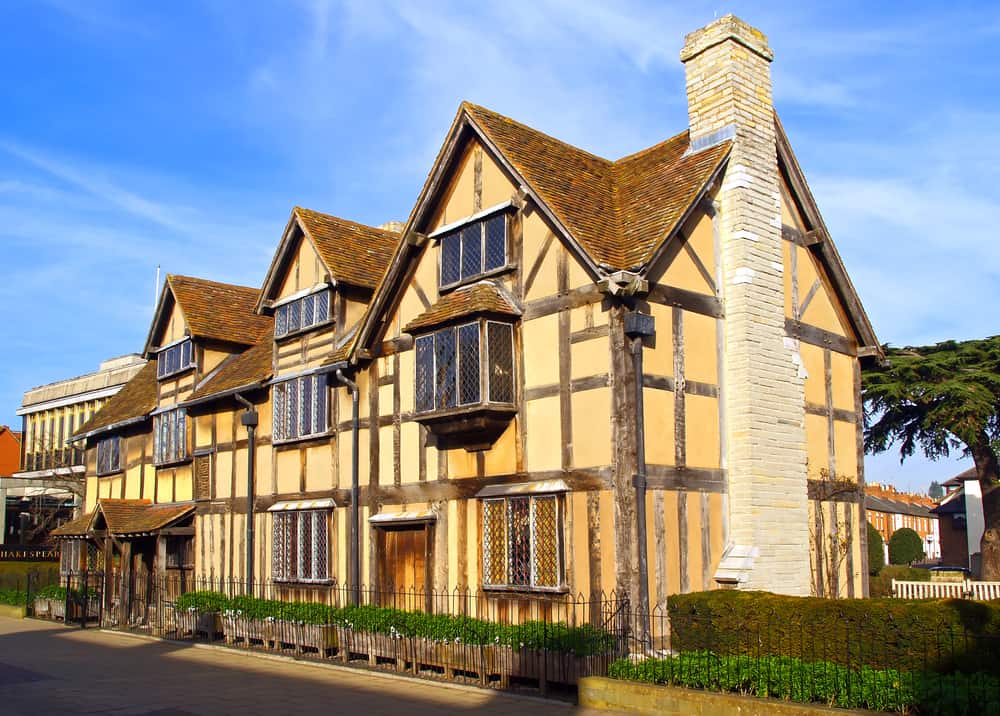
In the past year, the average house price in Britain has increased 8.2%, from £234,540 in January 2020, to £253,702 in April 2021.
But historic towns such as Colchester to Stratford-upon-Avon have seen an annual price rise of 11.5%, going from £258,143 in January 2020, to £287,938 in April 2021.
This is followed closely by seaside towns where prices have experienced annual growth of 10%, rising from £281,397 in 2019, to £309,539 in 2020.
Manufacturing towns have also seen strong price growth with an average increase of 9.8% between 2020 and 2021. Despite this, manufacturing towns still offer the most affordable average house price of £158,506.
University towns have also seen above-average price growth, rising by 9.8% between 2020 and 2021 to an average price of £270,848. This is despite the near-evaporation of student presence in these towns as the pandemic pushed all learning and lectures online.
While all of these towns have enjoyed above-average price growth, market towns and new towns have seen below-average growth of 7.5% and 5% respectively.
Colby Short, founder and CEO of GetAgent.co.uk, said: “It’s no surprise that historic and seaside towns have seen the greatest amount of price growth over the past year. The pandemic has made many people rethink their priorities and what they want from life, and for many this has meant relocating to quieter, more beautiful surroundings and our historic and seaside towns offer this in abandon.
“Furthermore, neither historic or seaside towns are designed to accommodate a significant increase in population due to the fact that geographical space limitations mean it’s difficult to increase the amount of new stock.
“Our historic towns often have strict and very necessary planning regulations to try and preserve our historically significant places and structures, while seaside towns have a natural shortage of space due to at least one of the borders being the open sea. In both cases, demand has been rising while stock has stayed static, thus pushing prices through the roof.
“Our market and new towns, on the other hand, are often located in places where surrounding land, often historically agricultural, can be reclassified for development, thus making it easier to increase stock in reaction to rising demand, resulting in lower levels of price growth.”



